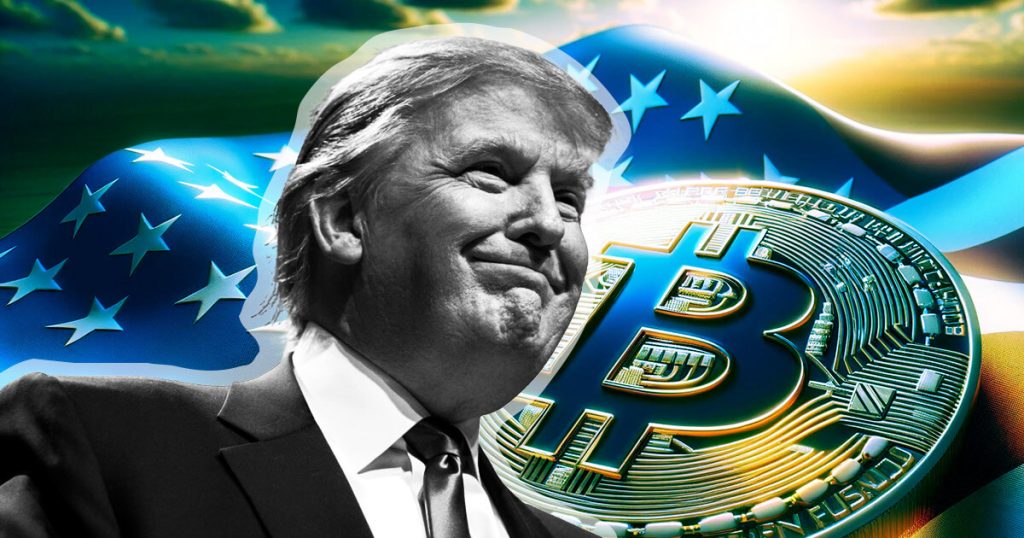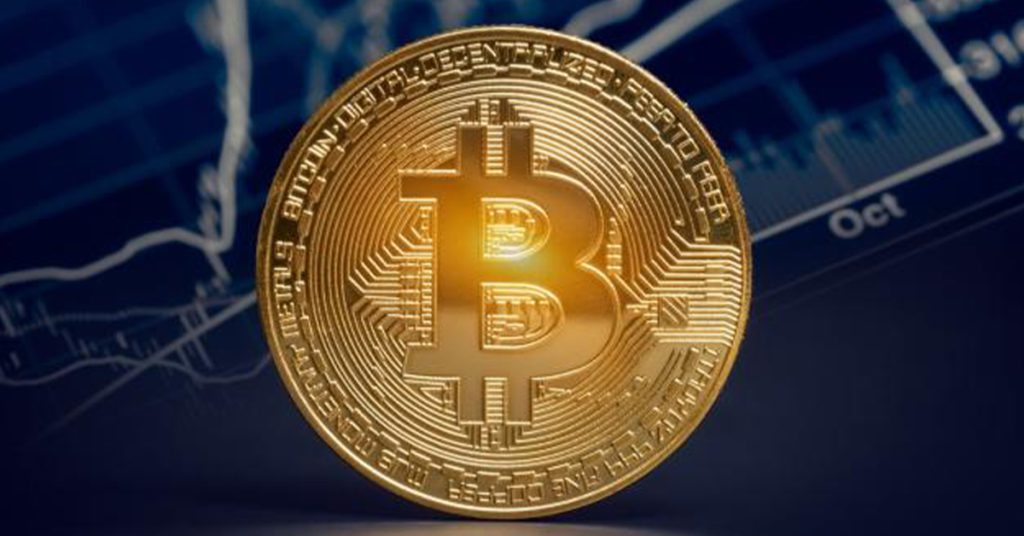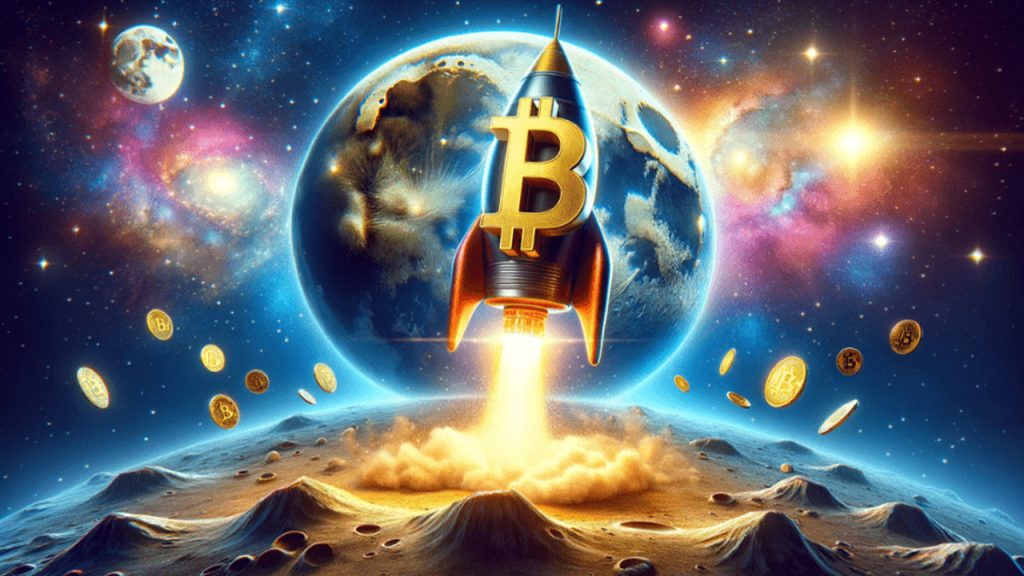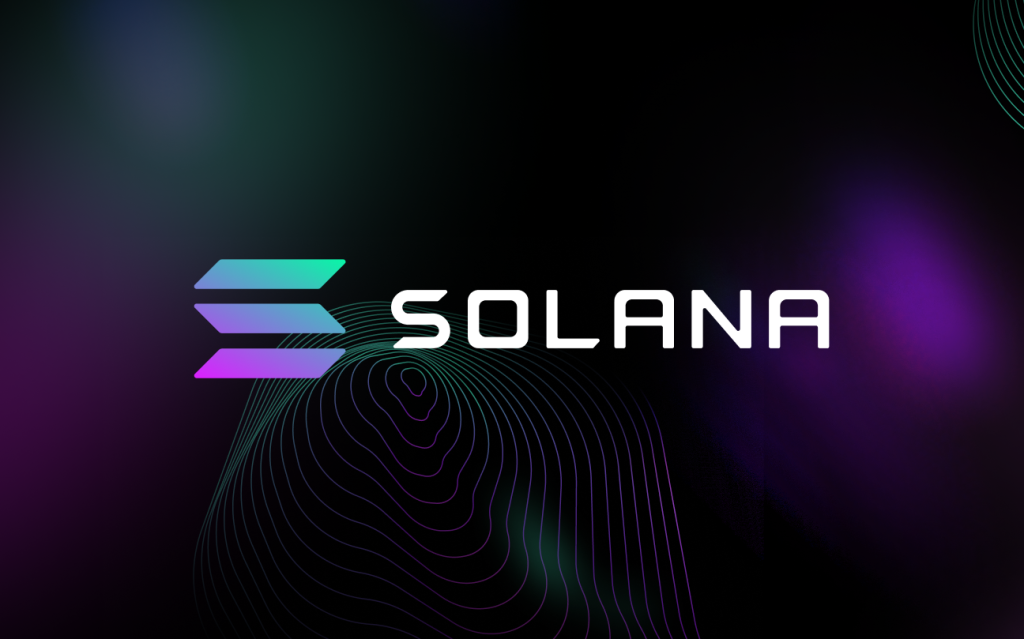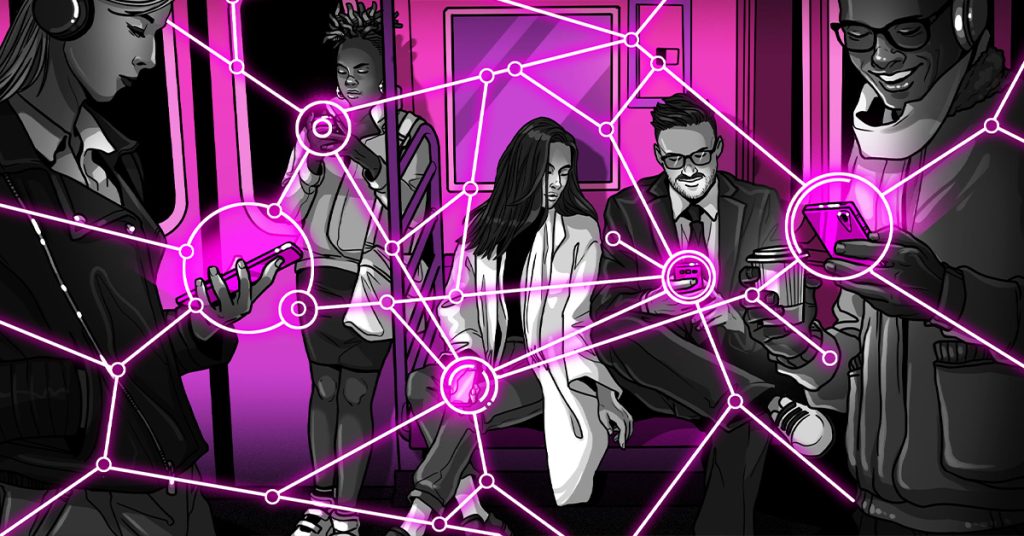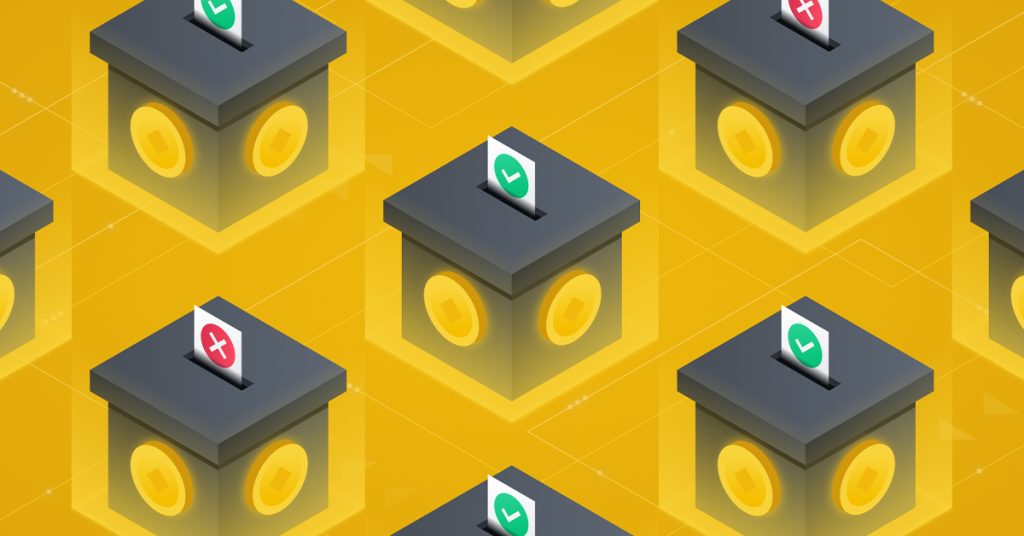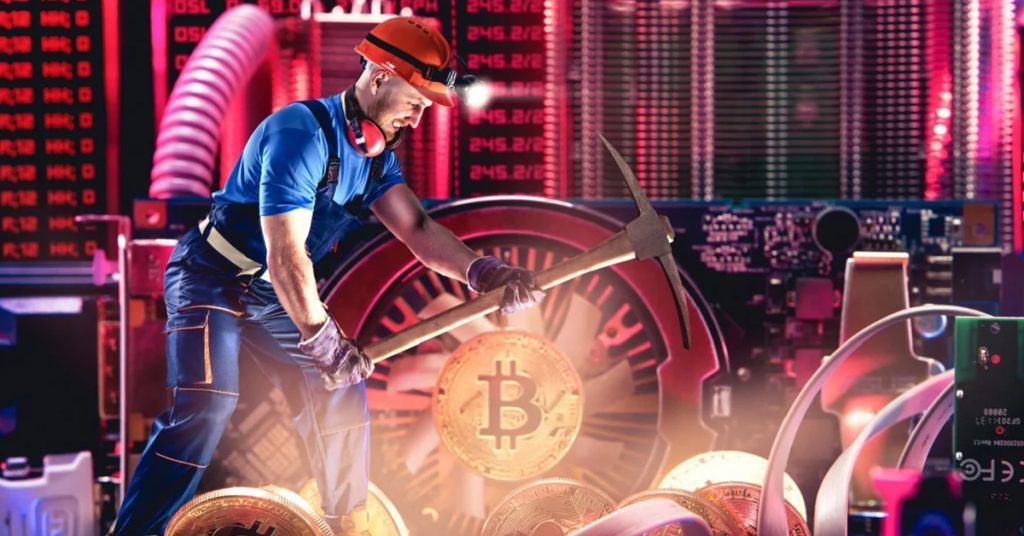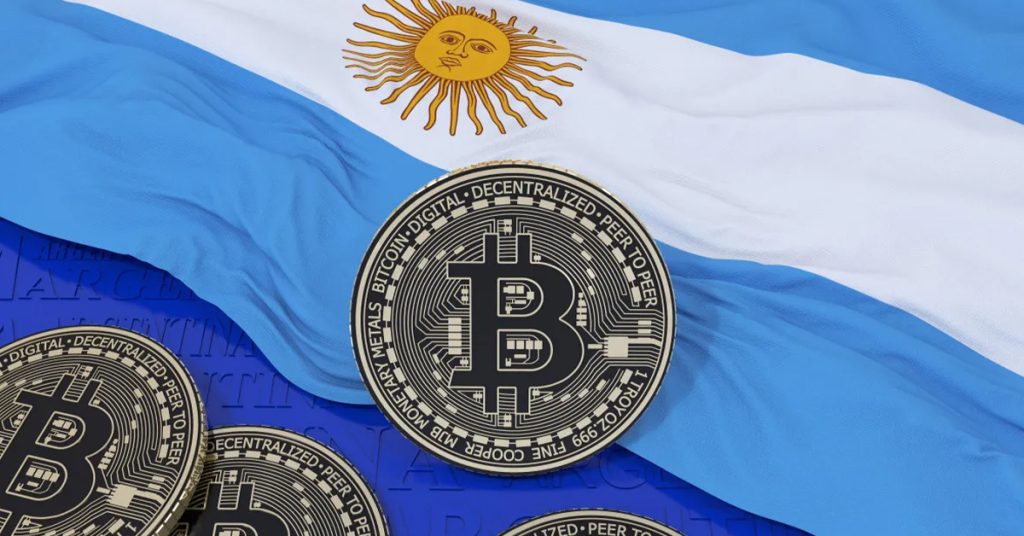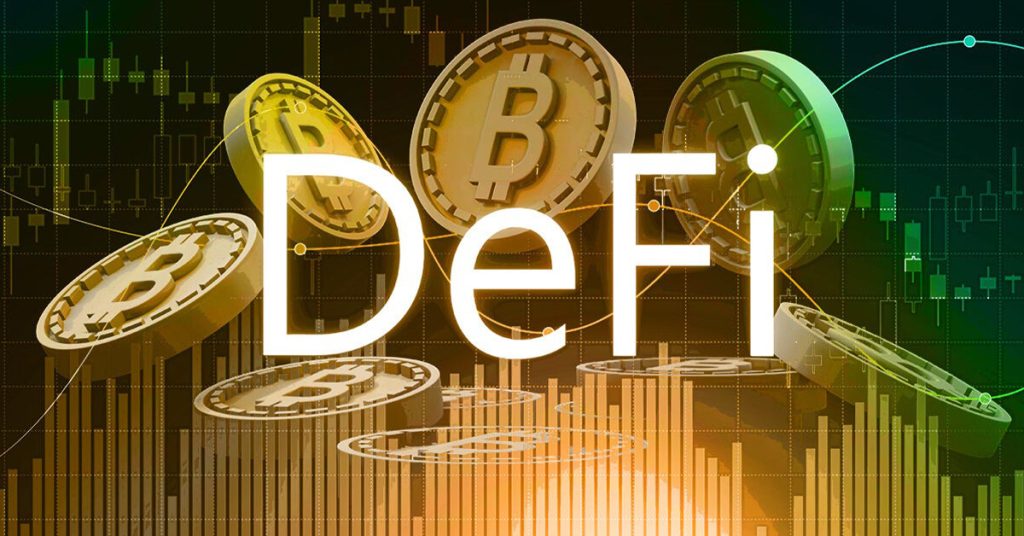Digital Identity Protocols for Humans and Bots
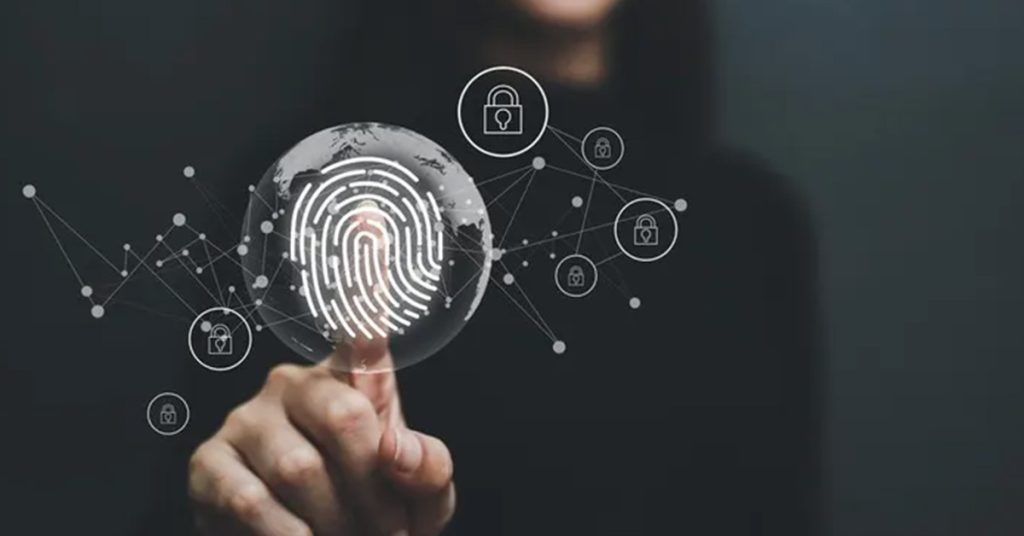
TL;DR
Digital identity is a pressing issue from many angles. First, we need a future-proof way to distinguish between bots and humans. Second, we need to liberate our identity from the walled gardens that are social media companies. And third, we need to ‘identify the unidentified’: the roughly billion people on earth who don’t have a passport or other form of official identity. There are multiple protocols emerging. Some are built on the blockchain, some aren’t. Some issue tokens, some don’t. Let’s have a look.
It’s common knowledge that there are slight issues with people are sick of the existing way of managing online identity. At the risk of exaggerating a bit, we are digital serfs to the colonial social media giants. We can be booted off, and lose our social network and income, and we are vulnerable to data breaches. Not to mention the tedious user experiences of having to manage numerous accounts.
Let’s briefly explore two of the above-mentioned issues with current online identity.
Issue 1: Walled Gardens and Fraud
The issue with walled gardens such as Google and Facebook is that we don’t own our most valuable identification information. It sits on centralized databases and has numerous points of failure. This is appealing to hackers. And if hackers don’t mess with us, the social media giant can simply expel us, without due process.
Issue 2: AI or Person of Flesh and Blood?
This is an issue that will become only more pressing: Are you interacting with human or AI-generated content? Is the entity that wants to access your social media platform a bot or a person? In some cases, you might not care so much. The automatic responder on a customer service call, a chatbot… we are already familiar with and can spot artificial interactions. But as AI infiltrates more interactions and becomes more advanced, the question will nag at us more and more. We will have a more pressing need to simply know for sure who we are dealing with.
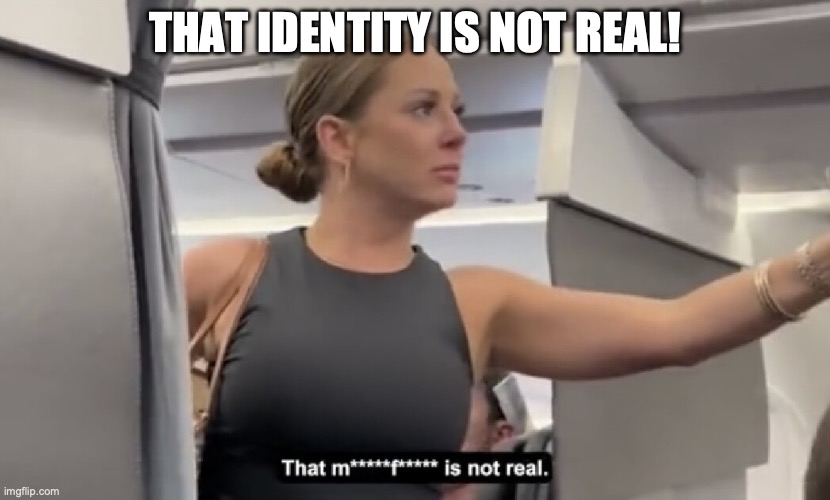
The ‘Unidentified’
Being unbanked, like more than 2.5 billion people are, puts you on the back foot in terms of participating in the global economy. But what about the 1 billion (mostly poor) people who have no proof of identity? They can’t enroll in school or apply for jobs. But… many of these people do have mobile phones, so they can access mobile identity solutions that can leapfrog their problem and connect them to the online economy.
Now, let’s look at two main sectors of digital identity solutions: proof-of-personhood protocols and decentralized social media protocols.
Examples of Proof-of-Personhood Protocols
One branch of the digital identity protocol landscape is concerned with proof-of-personhood. The simplest way to define a proof-of-personhood system is: it creates a list of public keys where the system guarantees that each key is controlled by a unique human. In Vitalik’s words in his post about Worldcoin:
“If you’re a human, you can put one key on the list, but you can’t put two keys on the list, and if you’re a bot you can’t put any keys on the list.”
The most prominent proof-of-personhood protocol is Worldcoin. A bit lesser known is Proof of Humanity. Let’s look at the latter first.
Proof of Humanity
Proof of Humanity is a protocol that combines social verification with video submission to create a list of humans. To sign up, you make a short video of yourself, put down a returnable deposit of .157 ETH and find one person who is already certified to vouch for you.
Your profile then gets added to an on-chain registry. People can use their Proof of Humanity account as a point of entry to tons of new use cases that require users to prove they are real humans and not fake or bot accounts.
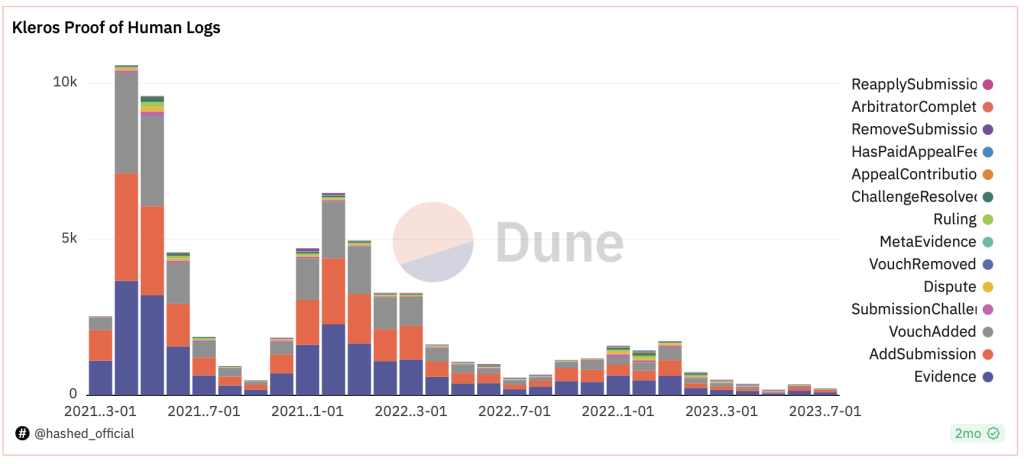
Vitalik is also a fan. He hopes that the system will be an onramp to all sorts of more advanced benefits, including better and fairer voting processes, universal basic income, and social media networks that aren’t overrun with bots and misinformation.
As can be seen from the Dune dashboard, Proof of Humanity usage is in a downtrend.
Worldcoin
Worldcoin is the project that ruffled many feathers in the summer of 2023. Like Proof of Humanity, it is a protocol that collects human identities. The name suggests that it’s more ambitious than just collecting some identities: it wants to file the entirety of humanity. Instead of a video, as in the case of Proof of Humanity, Worldcoin uses an iris scan. This biometric proof of personhood circumvents issues that could arise with video, like deep fakes. Like Proof of Humanity, subscribers get tokens (WLD) as a form of universal basic income.
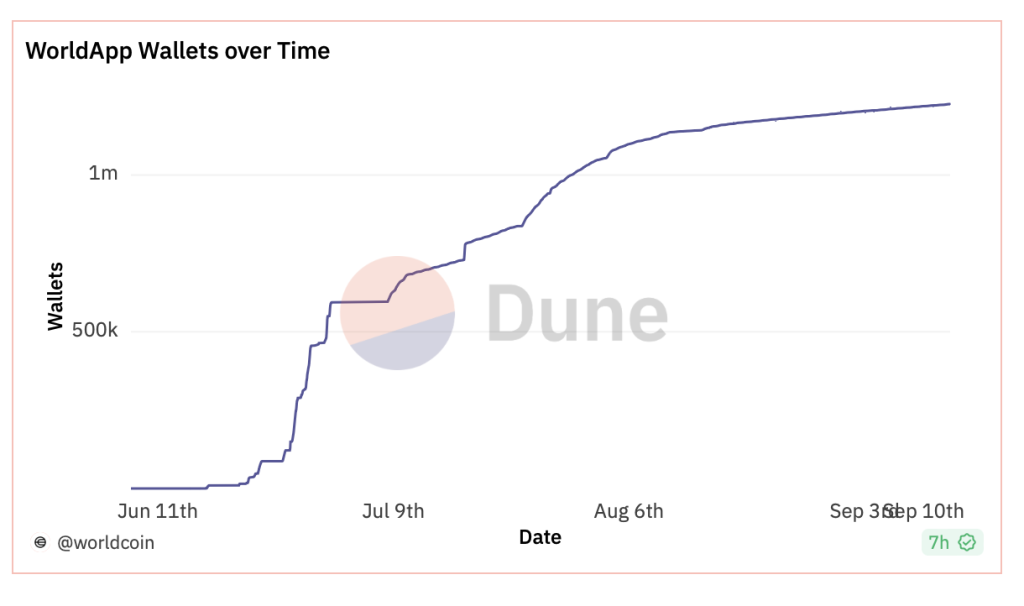
What Worldcoin has going for it is that it is built on Ethereum Layer 2 Optimism, and that it protects users’ privacy with Zero Knowledge tech. A current weak point is the design of the Orb: this physical device isn’t open source. Secondly, the governance of the company isn’t decentralized. It’s still just a company (Tools for Humanity) running this project. Do we want to trust a company with our identity?

Examples of Decentralized Social Media Protocols
A different branch of digital identity solutions is decentralized social media protocols. They don’t deal with the question of, is a user is a bot or not. But they do care about data ownership, decentralization and permissionlessness. In other words: you don’t need anyone’s permission to create an account. As with crypto, you own the public and private key pair that controls – in this case – your message history and contacts and proves to the outside world that you own it. These are protocols and anyone can use them – and no one can boot you out.
Nostr
Nostr is the ‘Bitcoin among social media networks’. Just like Bitcoin transactions may superficially look like traditional money transfers – fill in an address, push on Send, right? – Nostr messages are superficially like other social networks… but very different under the hood. In the way that Bitcoin users own their money, Nostr lets users spin up a social identity and content that no overlord can censor.
It’s important to note that Nostr is a protocol for social networks, in the same way that SMTP is a protocol for e-mail. Instead of emails, it deals with ‘Notes and Other Stuff Transmitted over Relays’. Anyone can build an app on it. And no one can boot you out, in the same way, no one can stop you from using e-mail (Gmail might kick you out, but then you get a Hotmail account. No company controls the mail protocol).
Nostr doesn’t use blockchain technology, but it is built on some of the same principles. Your messages (notes) are sent to a large number of relays, a bit comparable to nodes in the Bitcoin network. The apps you use are simply interfaces for showing these messages.
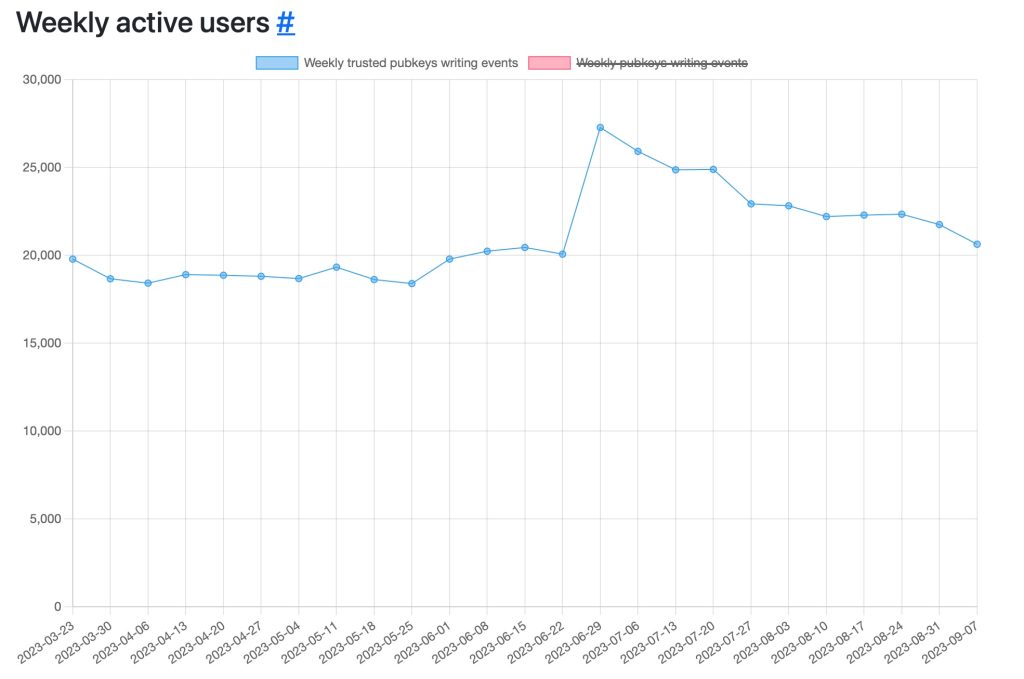
Farcaster
Farcaster is an open-source platform built on top of Ethereum for building decentralized social networks. It’s similar to Nostr in this way: it’s a protocol instead of an app. People can build social apps on top of it. On Farcaster, you can send short text message broadcasts that connect to your Ethereum address.
It’s not just a protocol and API, but also sets of tools for developers to build on, and a hub for applications that are built on the farcaster protocol.
Any Alice or Bob could jump between different apps built on Farcaster while continuing to use their same identity. No app controls the identity, they only host the identity, so to speak. People own their identity. To get an account, you need to message the founder on Twitter. So, while it’s decentralized, it isn’t really permissionless yet 😉
Conclusion
Digital identity networks inspired by and/or built on blockchain tech are springing up left and right. What they have in common is that they start from first principle of user sovereignty. The big question is how much traction these protocols can get in the coming years. They have to compete with entrenched legacy players.






